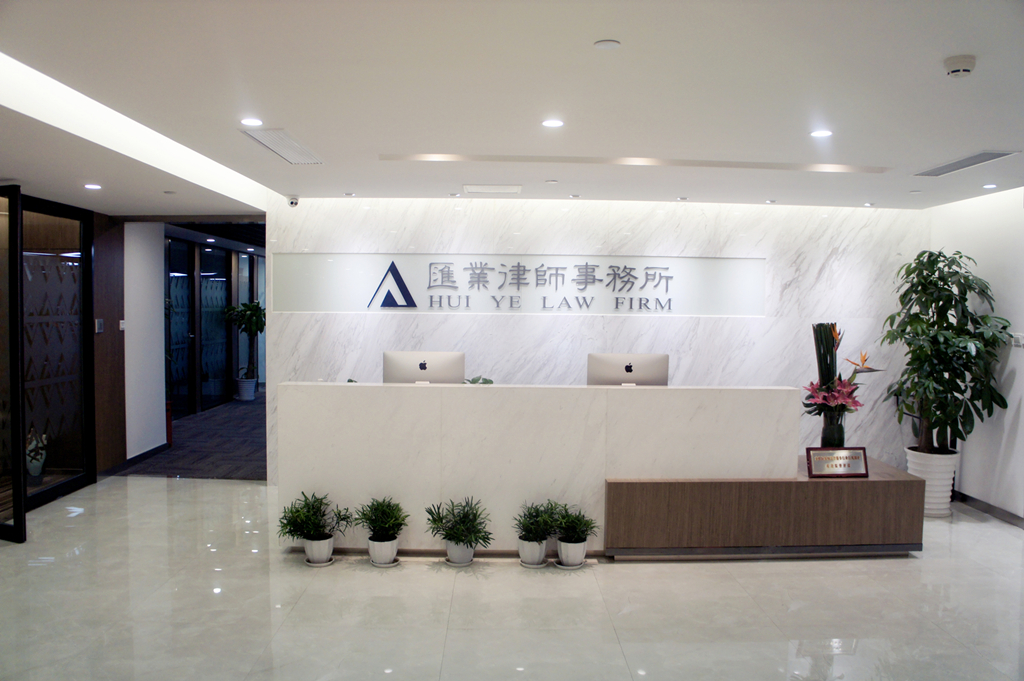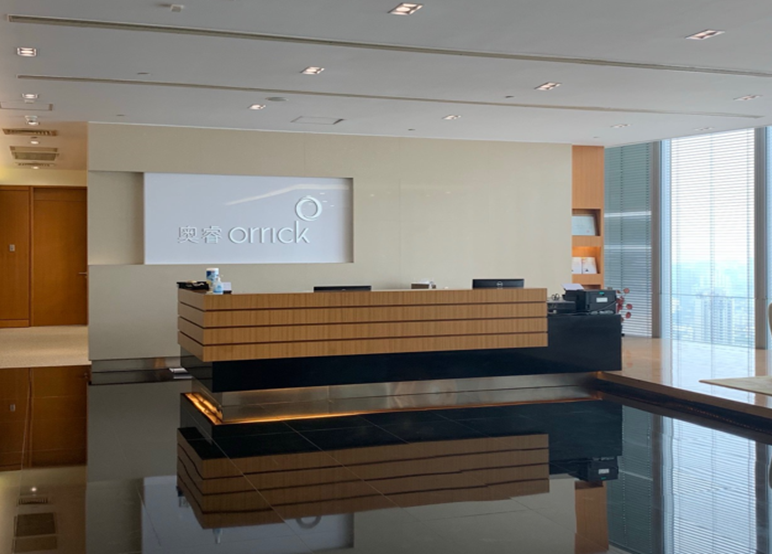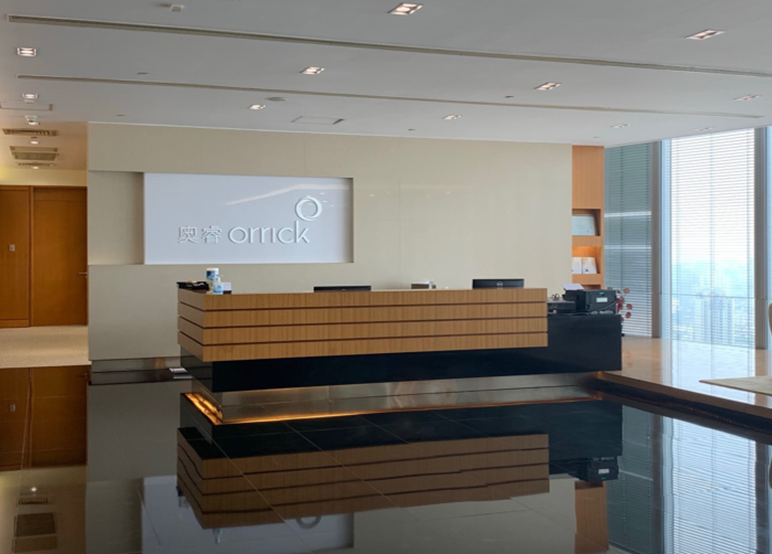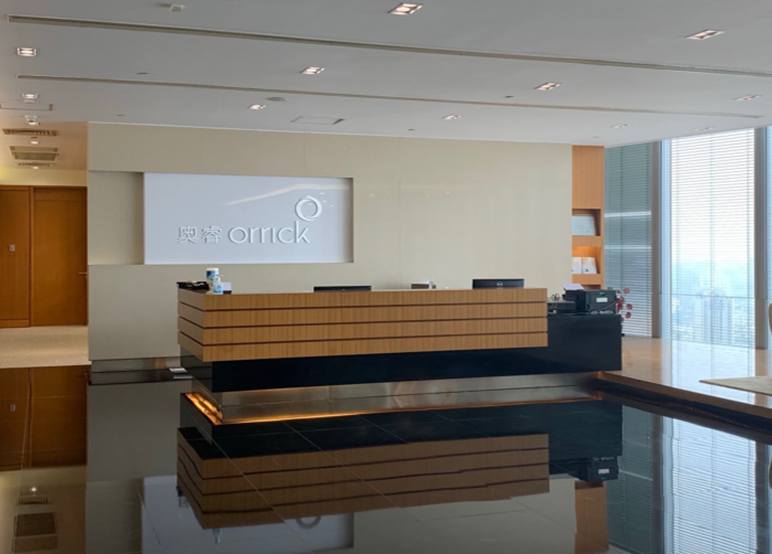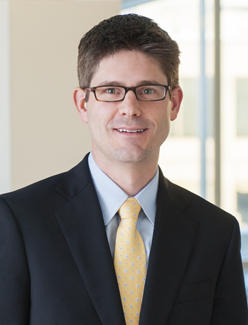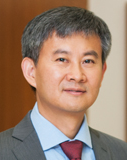Can a work created entirely by a machine be protected by copyright?
United States Copyright Office (Review committee) The answer to this question is "Don't" . The commission said, Copyright law only protects intellectual products created by the human mind, Hence the rejection of two-dimensional artworks "A Recent Entrance to Paradise" register.
background
2018 years, Stephen.Taylor (Stephen Thaler) Apply to register a copyright in a work, And will "Creative machine (Creativity Machine) " authorship, Taylor himself is the owner of the machine.
Claim of application, Works are created automatically by computer algorithms running on the machine. Taylor applied to register the work as "Creative machine" The owner's work for hire (work-for-hire) .
2019 years, The copyright Office rejected the application, Argues that human authors are necessary to support copyright claims.
Taylor then asked the review board to reconsider the ruling, And called the requirement for human authorship a violation "Constitution of the United States" , This requirement is not supported by statute or case law. Again, the request was denied.
Taylor renewed his plea to reconsider the case, And that the Copyright Office "It now relies on outdated non-binding judicial opinions to answer the question of whether computer-generated works are protected by copyright" .
Review the decision of the committee
The review board remained unmoved, adjudication "Human authorship is a prerequisite for copyright protection in the United States, Therefore, works cannot be registered" .
United States "Copyright law" The first 102 (a) in-line "The author's original work" This expression limits what works can be protected by copyright. Early in Sarony In the case (The groundbreaking case concerning the copyright protection of photographs) , The United States Supreme Court called the author human.
The Supreme Court in Mazer Case and sum Goldstein This practice has been reaffirmed in precedents such as v. Lower courts have also consistently adopted this approach.
Although no court has yet ruled on the specific issue of AI creativity, But the guidelines from the above case show that works created solely by machines cannot be protected by copyright. This conclusion is in line with the United States Patent and Trademark Office (USPTO) "Artificial intelligence and Intellectual property policy" Most of the responses to the request for comments were consistent.
The review committee also rejected Taylor's argument——Ai can be an author in copyright law, Because the terms of employment permit it "Enterprises and other non-human legal entities" Become an author. The review committee held that, First of all, The machine cannot sign any legally binding contract; secondly, The work for hire clause is about ownership, It's not about the existence of a valid copyright.
The ruling is appropriate, Also consistent with international law.
although "The Berne Convention" There is no definition of who can be considered an author, But in terms of its textual and historical context, It seems that only a natural person who creates a work can be considered an author. specifically, although "The Berne Convention" Originality requirements are not specified, But that requirement already existed in national laws when the Convention was drafted. obviously, This is a requirement of the Convention's protection, Also control 2 Strip center "Literary and artistic works" The inherent requirement of a language. Literary and artistic works have sufficient originality condition "The author should be a person, And there needs to be some intellectual contribution beyond simple effort (Principle of diligence) Or so called 'Exchange value' " .
Under any circumstances, The foregoing does not mean that works created by non-human authors are ineligible for protection under any circumstances, Britain "copyright, Design and patent law" The first 9 (3) The bar is a noteworthy one (And controversial) example.
From the European Union's point of view, "Directive harmonizing copyright and adjacency provisions applicable to satellite broadcasting and cable retransmission" (Sat-Cab instruction) The first 1 article 5 Provision of paragraph, For film or audiovisual works, The principal director shall be regarded as his author or one of his authors, Member States are free to choose others to be considered co-authors. "Computer program legal protection Directive" The first 2 article 1 Provision of paragraph, The author of a computer program shall be the natural person or group of natural persons who created the program, Or as permitted by the laws of the member States, A legal person designated by law as the owner of rights. "Database instruction" The first 4 article 1 Paragraph recognizes that the author of a database may not only be the natural person or group of natural persons who created the database, And under the laws of the member states, It can also be a corporation designated by the law as a right holder.
In a variety of situations, "Copyright and related rights protection Period Directive" The term of copyright protection shall be calculated as "Natural person" Based on the author's life. In addition, "Digital Single Market Copyright Directive" (DSM) preamble, Authors and performers who can rely on the terms of the contract can only be natural persons, Therefore, non-human authors and performers are excluded from the scope of application.
The European Court of Justice has not specifically addressed the question of who or what the author is. In spite of this, The court's understanding of originalism actually presupposes the following idea: The author in the sense of copyright should be human.
(Compiled from filejunction. com)
Reprinted from China Intellectual Property Network translation: Rason group proofread: Wang Dan
disclaimer: This website reprint articles are from the Internet, Does not represent the views of this website or confirm the authenticity of its content. If the source is mislabeled or the copyright of the article is involved, Please contact this website, This website will be corrected in due course, delete, thank you.

Safeguard the rights of economic and trade hotspots

